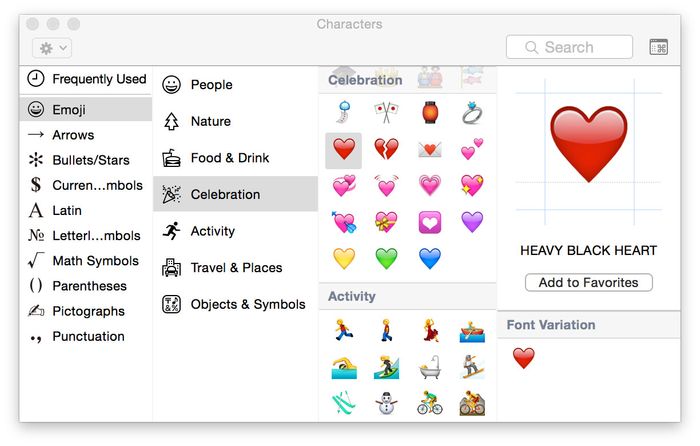
This week’s On the Media includes a discussion with the Tow Center’s Emily Bell, talking about a piece she wrote in The Guardian.
Yes, it’s about Twitter faves/likes/hearts. And yes, website design choices do influence user behavior!
I found myself not bookmarking, as I would have done a day earlier, a horrifying image retweeted by journalists depicting men using phones to film a woman being stoned to death for adultery. I did not “like” let alone “love” the image but wanted to note it as important. We must have a system which allows for capturing the significant as well as the appealing.
You may have experienced a version of this when a friend or loved one shares bad news on Facebook. I don’t “like” this, but I want to acknowledge it, and express my empathy. Facebook makes it easy to give that post a thumbs up. The cynical conspiracy theorist in me says this is an effort to make the site more compatible for a sale to Zuckerberg & Co.
The most baffling part is how Twitter is saying the new heart icon is “a universal symbol that resonates across languages, cultures, and time zones.” But then in the following sentence claiming that it is “more expressive, enabling you to convey a range of emotions and easily connect with people.”
It may be true that newer users—from a wider range of backgrounds—may find ❤️ symbols more familiar, but the ⭐️ undoubtedly offers greater flexibility in terms of which “emotions” are being conveyed.
It’s a small change, and I understand that complaining about social media software is tedious, but it does point to how Twitter is first and foremost a profit-seeking company. This change was meant to get their monthly active users numbers up (and by extension, their stock price). And perhaps the strategy is working:
“It’s a change that’s been fantastic for the platform,” said Weil. “We see now 6% more hearts, 6% more likes on Twitter than we saw with favorites.” He also noted that new users tend to engage 9% more with this change.
Back to Emily Bell in The Guardian:
The inherent tension at the centre of all modern communication businesses—including every news organisation—is that only the likable is reliably bankable.
The relaying of trauma, devastation and cruelty is not inherently profitable in the same way that the relaying of how awesome the new Adele track is or how much we adore kittens might be.
What people like on social media has consequences; not just the marginal economic kinds, but also for how the public publics (a verb) on the network. As Zeynep Tufekci has written in The Message:
What if Ferguson had started to bubble, but there was no Twitter to catch on nationally? Would it ever make it through the algorithmic filtering on Facebook? Maybe, but with no transparency to the decisions, I cannot be sure.
Would Ferguson be buried in algorithmic censorship?
Anyway, here’s a small selection of the 19,500+ (!!) tweets I’ve faved so far: